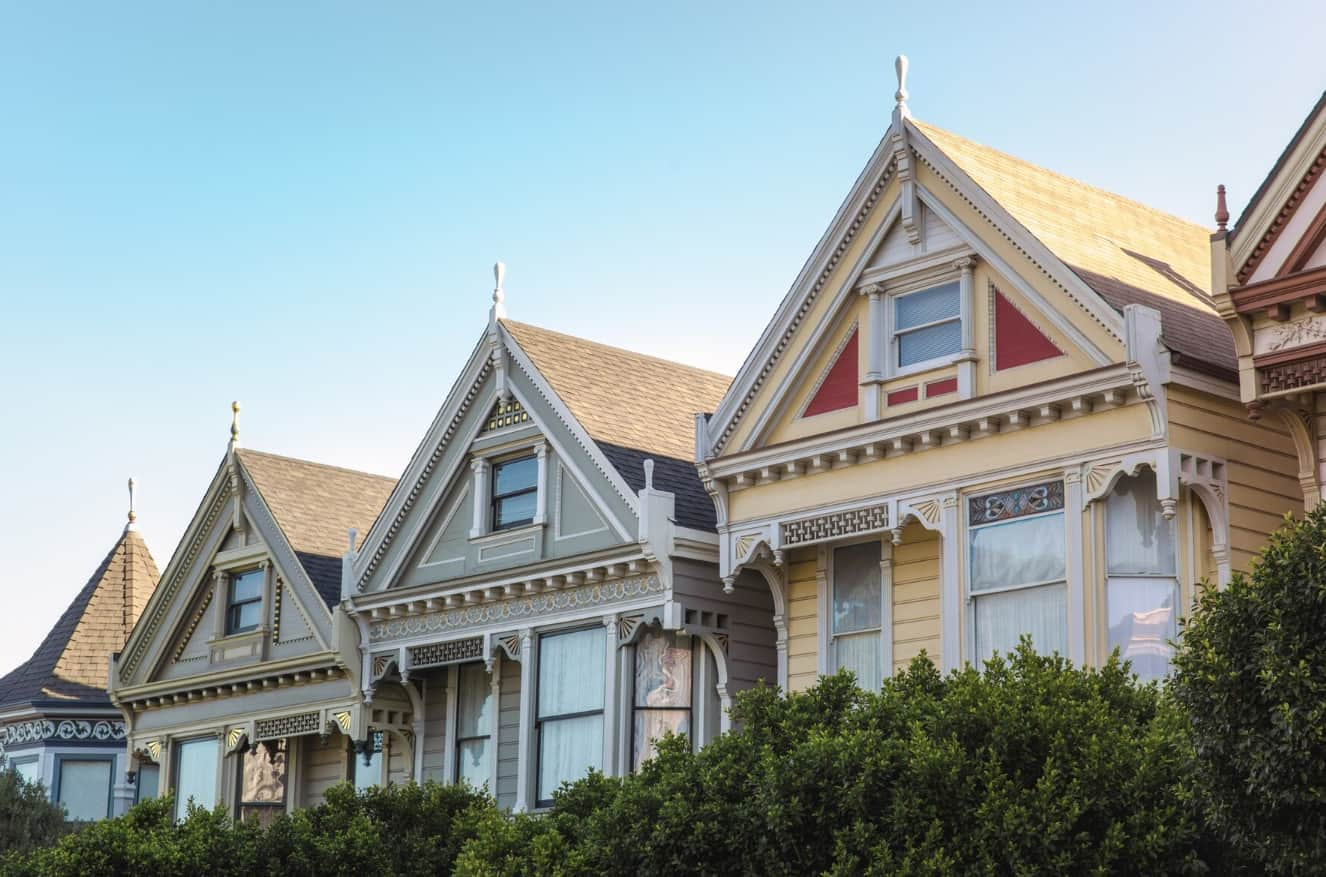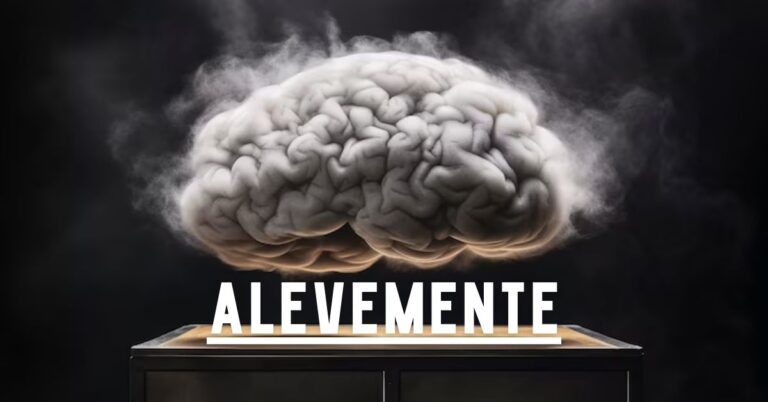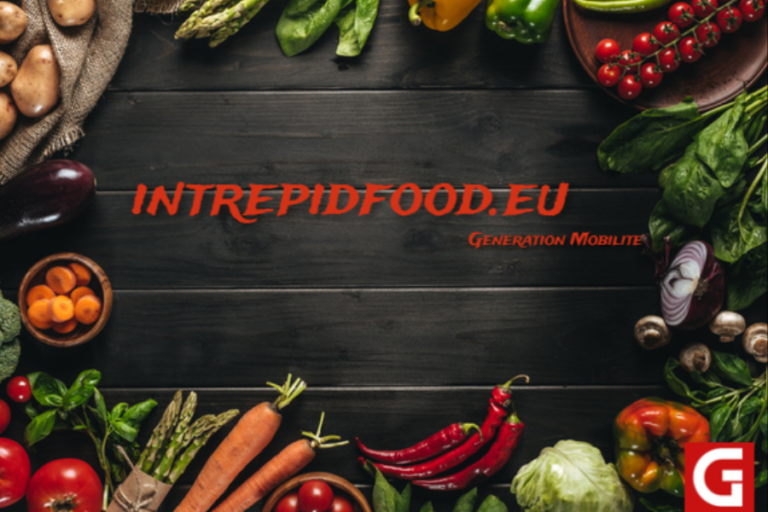Casteò: Bridging Tradition and Modernity
The concept of Casteò is as intricate as it is fascinating, weaving together the enduring threads of deep-rooted traditions with the rapid pace of modern life. This multifaceted idea provides a unique lens through which we can explore social structures, cultural identity, and the relentless march toward progress. Casteò serves as a bridge between the past and the present, inviting us to reflect on how these elements intersect and influence each other in today’s world.
Origins
The term Casteò, while not commonly recognized in mainstream discourse, embodies the essence of cultural continuity and transformation. It encapsulates the enduring practices, beliefs, and customs that have been handed down through generations. These traditions form the backbone of cultural identity, anchoring communities in a shared history and collective memory. At the same time, Casteò is not static; it evolves, adapting to the changing circumstances of contemporary life.
Tradition
Tradition is at the heart of Casteò. These are the rituals, ceremonies, and customs that have been preserved over centuries. They provide a sense of belonging and continuity, connecting individuals to their ancestors and to each other. In many cultures, traditional practices are seen as a way to honor the past and maintain a sense of identity in a rapidly changing world. From religious ceremonies to folk dances, these traditions are a living testament to the resilience and creativity of human societies.
Modernity
On the flip side, modernity represents the dynamic, ever-changing aspect of Casteò. It encompasses the innovations, technologies, and new ways of thinking that characterize contemporary life. Modernity is often associated with progress and development, pushing societies towards new horizons and possibilities. However, this rapid pace of change can also create tension, as traditional values and practices are challenged and redefined in the context of modern life.
Intersection
The intersection of tradition and modernity is where the true essence of Casteò is revealed. It is here that the past and the present converge, creating a dynamic interplay that shapes cultural identity and social structures. This intersection is not always harmonious; it can be a site of conflict and negotiation, as communities grapple with how to integrate new ideas and practices while preserving their heritage.
Adaptation
Adaptation is a key component of Casteò. As societies evolve, so too must their traditions. This process of adaptation ensures that cultural practices remain relevant and meaningful in the face of changing circumstances. For example, traditional crafts may incorporate new materials and techniques, while ancient rituals might be reinterpreted to address contemporary issues. Through adaptation, Casteò demonstrates its resilience and capacity for innovation.
Identity
Cultural identity is another crucial aspect of Casteò. It is through the interplay of tradition and modernity that individuals and communities define who they are. This identity is not fixed; it is constantly being reshaped by the forces of change. In a globalized world, where cultural exchanges are more frequent and diverse than ever before, maintaining a sense of identity rooted in tradition while embracing modernity is a delicate balancing act.
Community
Community plays a central role in the concept of Casteò. It is within the context of community that traditions are passed down and adapted. Communities provide the support and structure necessary for individuals to engage with both their heritage and the modern world. They are the spaces where cultural practices are performed, shared, and transformed, ensuring their survival and relevance for future generations.
Challenges
The journey of Casteò is not without its challenges. The tension between tradition and modernity can sometimes lead to cultural erosion, where traditional practices are abandoned or forgotten. Additionally, the pressures of globalization and modernization can create disparities and conflicts within communities. Navigating these challenges requires a thoughtful and deliberate approach, balancing respect for the past with openness to the future.
Future
Looking to the future, the concept of Casteò offers a hopeful vision. It suggests that by honoring our traditions and embracing modernity, we can create a more inclusive and dynamic cultural landscape. This future is one where the richness of our heritage is preserved, while also allowing for innovation and growth. It is a future where cultural identity is both rooted and evolving, reflecting the complex realities of contemporary life.
Conclusion
Casteò is a powerful concept that bridges the gap between tradition and modernity. It invites us to explore how these elements interact and shape our cultural identity. By understanding and embracing Casteò, we can navigate the challenges of modern life while honoring the legacy of our past. This dynamic interplay between the old and the new enriches our societies, ensuring that our cultural practices remain vibrant and relevant for generations to come.






